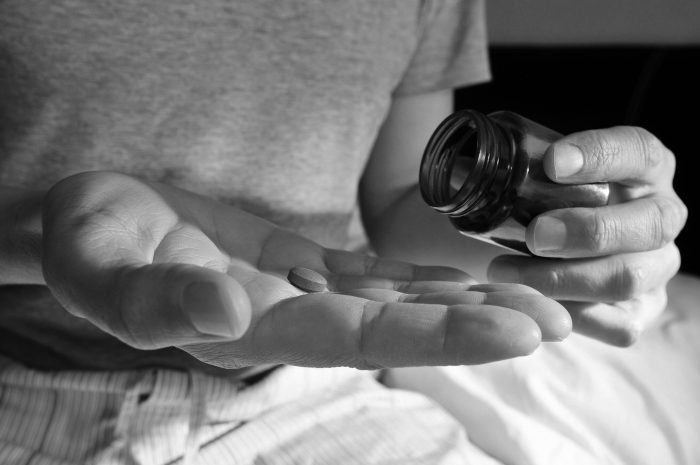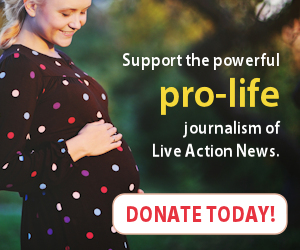While the legalization of assisted suicide continues to spread around the world, it might seem that suicide prevention organizations would serve as a sort of last line of defense. Unfortunately, that presumption would evidently be wrong.
The American Association of Suicidology (AAS) is a non-profit organization dedicated to preventing suicide. But apparently, that does not include people seeking assisted suicide. The organization recently released a statement arguing that “physician assisted suicide” is different from regular suicide.
“Many factors create a clear distinction between the two phenomena, including intention, absence of physical self-violence, the physician’s assessment that the patient’s choice is not distorted by mental illness, a personal view of self-preservation versus self-destruction, and by
the fact that the person who has requested aid in dying does not typically die alone and in despair, but, most frequently, where they wish, at home, with the comfort of his or her family,” Margaret Battin, Distinguished Professor of Philosophy and Adjunct Professor of Internal Medicine, Division of Medical Ethics, at the University of Utah, said.
READ: Canada considers legalizing assisted suicide for children
The press release states that AAS is not taking a position for or against assisted suicide, but is merely pointing out that “PAD and suicide are distinct behaviors and that the professional and ethical obligations of those involved in suicide prevention may differ”, and that “[a]s an organization that seeks to prevent suicide, PAD is outside the scope of AAS’ central mission”.
The question, however, is why? Why is physician assisted suicide outside the scope of AAS’ central mission? The goal is to prevent suicide, and assisted suicide is still suicide. Why is it that we seek to avoid suicide, and prevent it, in all cases except those who are ill, elderly, or disabled?
In the AAS position statement, they argue that there are differences between physician assisted suicide, and regular suicide, and a few specifically stand out.
In PAD, the person with a terminal illness does not necessarily want to die; he or she typically wants desperately to live but cannot do so; the disease will take its course. Suicide, by contrast, even when marked by ambivalence, typically stems from seemingly unrelenting psychological pain and despair; the person cannot enjoy life or see that things may change in the future.
In PAD, the individual who is already facing death often experiences intensified emotional bonds with loved ones and a sense of deepened meaning as life is coming to an end; in suicide, by contrast, the individual typically suffers from a sense of isolation, loneliness, and loss of meaning. […]
In suicide, the person often “sees no way out” of their desperate situation. Under the PAD statutes in the US, the physician is required to inform the patient of all feasible alternatives for relieving their situation, including comfort care, palliative care, hospice care, and pain control. […]
Studies from Oregon and the Netherlands show that the impact of PAD on bereavement in family members tends to be less severe than in other deaths. In contrast, those bereaved by suicide deaths have higher rates of complicated grief and PTSD, and may be at higher risk for suicide themselves.
While the position statement does admit that some overlap between the two is possible, the paper is filled almost entirely with positive remarks towards assisted suicide, while glossing over the many issues surrounding it.
The organization mentions, for example, that doctors are supposed to give patients all of the possible alternatives. The key words there, of course, are supposed to. Reality is quite different. In reality, states where assisted suicide is legal already have patients fighting cancer and other illnesses who find themselves pressured into assisted suicide after insurance companies refuse to pay for treatment but offer to pay for their deaths instead.
Also ignored is that there actually is quite a bit of overlap between suicide and assisted suicide; people who request to be euthanized don’t do so out of fear of pain or dying. This has been found in multiple studies, including recent studies published in the New England Journal of Medicine and the British Medical Journal. People requesting assisted suicide do so not because they want a painless death, but because overwhelmingly, they feel hopeless, are struggling with clinical depression, don’t have support, or are afraid that they will be a burden on their families. In a way, AAS even affirms those feelings, pointing out how much easier the grieving process is on those left behind after assisted suicide. But when the core issues at hand are addressed, such as treating the person’s clinical depression, the request for assisted suicide is almost always withdrawn. In Oregon, it has been found that a whopping one in four people with terminal illnesses had clinical depression and that they weren’t being protected by existing laws.
It is shameful that an organization which purports to prevent suicide would speak so positively about assisted suicide. Is the goal to prevent people from killing themselves, or not? If it is, then there should be no conditions attached. People should not be given the idea that suicide can be a good thing, as long as they are disabled or sick. Just because you give something a different name, that doesn’t make the reality of what it is any different. Suicide is suicide, and even people who may be elderly or ill deserve to have their lives protected, too.








